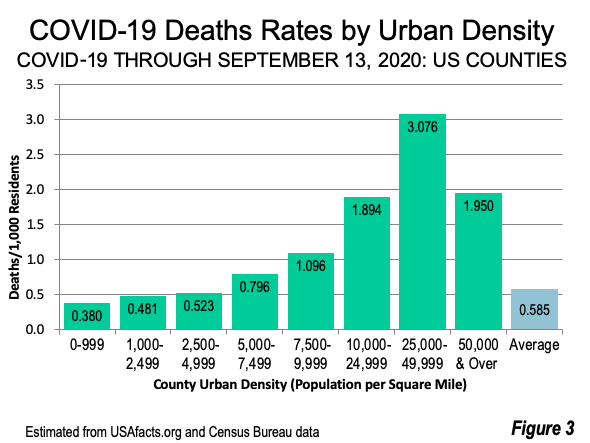On today's episode of Feudal Future hosts Joel Kotkin and Marshall Toplansky welcome Jay Garner. Jay is CEO of Garner Economics as well as the Chair of the Site Selectors Guild. This episode explores the topic of site selection and how companies are choosing sites for their expansions. The group talks about how these types of decisions have been affected by the pandemic. Jay explains to listeners that the Site Selectors Guild are peer-selected location advisors that help facilitate location decisions of companies all over the world.
Joel asks Jay how site selection has changed during the pandemic. Jay explains that there was a pivot - He says, “...what we did pre-pandemic and what companies seem to be doing differently, with respect to different industry sectors - is changing significantly.” Jay explains information found in a survey or their membership that happened in April of 2020. About 49% of corporations surveyed said they were not continuing projects at that time. In June 2020, when the membership was surveyed again, there was an increase of global activity with companies moving forward with their projects. Another survey will be done in September.
Marshall talks about how he and Joel have researched future housing trends. He describes the trend of people moving out of expensive, big cities to more affordable and smaller cities. Marshall asks if Jay has seen a trend in projects in these areas. Jay explains that these were actually trends before the pandemic! Other than the price, another reason for this is that millennials are getting to the age where they want more space. He also says that public safety is very important to people.
The group talks about how remote work is affecting large companies. Jay talks specifically about remote work and productivity, cost, and how it is affecting employees’ creativity. Teamwork and creativity could be negatively affected by remote work. Jay says that long term, he thinks we will get back to working socially (depending on the status of therapeutics and a vaccine). The group talks about the potential changes in people after the pandemic.
Jay explains that most of his comments are his opinions, not necessarily that of the Site Selectors Guild.
More podcast episodes & show notes at JoelKotkin.com
Watch Episode on Youtube
Related:
Learn more about the Feudal Future podcast.
Learn more about Marshall Toplansky.
Learn more about Joel Kotkin.
Learn about Jay Garner.















